Kanban vs. Scrum Agile Methodology: Which is Better?
Agile project management has gained global popularity due to its flexibility and ability to facilitate efficient value delivery. Generally, Scrum or Kanban methods are applied when working within Agile frameworks. Although both aim to enhance work processes and team dynamics, they employ unique approaches to achieve these objectives. This article examines the strengths and weaknesses of Scrum and Kanban to align them with suitable project types.
Understanding Agile: The Foundation of Kanban and Scrum
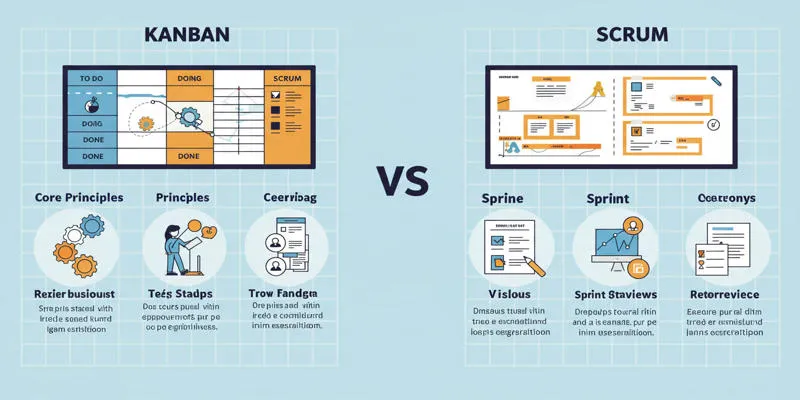 To effectively
analyze Kanban and Scrum, it is crucial to understand the core principles of
Agile methodology. Agile utilizes iterative steps and a detailed breakdown of
tasks to manage projects and meet specific needs.
To effectively
analyze Kanban and Scrum, it is crucial to understand the core principles of
Agile methodology. Agile utilizes iterative steps and a detailed breakdown of
tasks to manage projects and meet specific needs.
- Customer Collaboration: Regular interaction and feedback from stakeholders.
- Adaptability: Teams adjust practices to accommodate new market demands and project changes.
- Incremental Delivery: Delivering operational product increments to customers consistently.
- Individuals and Interactions: Emphasizing team collaboration and communication.
- Continuous Improvement: Regularly testing and improving methods for enhanced performance.
Agile principles guide how Kanban and Scrum operate in various development contexts, but they employ distinct approaches to realize these principles.
Scrum: A Structured Approach to Agile
Scrum is a disciplined Agile framework that fosters teamwork through specific methodologies and predefined work periods known as sprints.
Key Components of Scrum:
- Sprints: Teams dedicate fixed periods of 2-4 weeks to complete agreed tasks.
- Product Backlog: An ordered list of work items the team must accomplish.
- Sprint Backlog: A subset of the product backlog that the team works on during a sprint.
- Daily Stand-ups: Team members meet daily to update each other on progress, challenges, and plans.
- Sprint Review: Stakeholders view sprint results and provide feedback at the sprint’s end.
- Retrospective: Teams analyze their work methods post-sprint to identify improvement areas.
- Roles:
- Product Owner: Defines product requirements and prioritizes development items.
- Scrum Master: Facilitates Scrum activities and addresses team obstacles.
- Development Team: Executes all tasks to produce the finished project.
Advantages of Scrum:
- Clear role definitions enable team members to take responsibility for tasks.
- Structured systems provide a step-by-step approach to project management.
- Evaluations and review meetings drive team improvement.
- Predictable results are delivered each sprint through fixed timeframes.
- Team collaboration is strengthened through daily scrums and sprint interactions.
Disadvantages of Scrum:
- The rigid plan can be challenging to modify when work needs to change.
- Success requires complete commitment from all team members.
- Scrum is less effective for projects needing rapid changes and ongoing delivery.
- Numerous events and meetings can burden some teams.
Kanban: A Flexible and Visual Approach to Agile
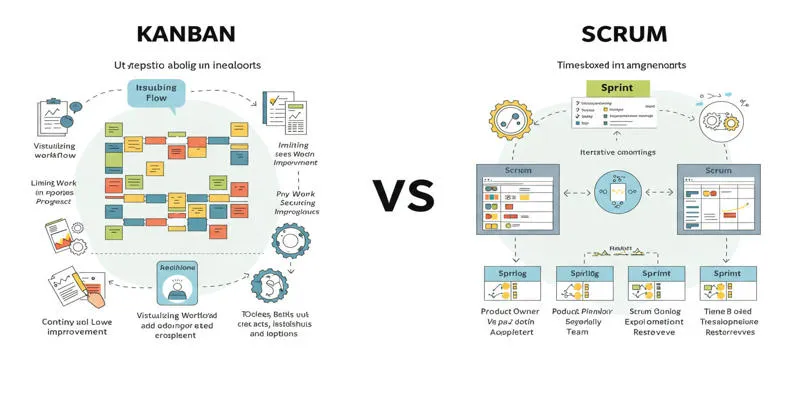 Kanban is a
flexible, visual Agile system that allows continuous work flow while managing
the quantity of work in progress at any one time.
Kanban is a
flexible, visual Agile system that allows continuous work flow while managing
the quantity of work in progress at any one time.
Key Principles of Kanban:
- Visualize Workflow: Represent work stages through a Kanban board.
- Limit Work in Progress (WIP): Restrict task processing within each workflow phase to maintain focus and prevent delays.
- Manage Flow: Refine work movements within the system for optimal flow.
- Make Process Policies Explicit: Establish written rules guiding teams through workflows.
- Implement Feedback Loops: Regularly review and enhance the workflow process.
- Collaborative Improvement: Encourage teams to partner in finding new solutions.
Advantages of Kanban:
- Adapts well to various teams and projects due to its flexibility.
- Stabilizes workflow to ensure tasks progress smoothly without bottlenecks.
- Easy to implement gradually, starting with Kanban boards.
- Enhances team interaction through clear and visible workflows.
- Promotes continuous adjustment of work activities and systems.
Disadvantages of Kanban:
- Lack of assigned roles can lead to confusion and reduce accountability.
- Effectiveness depends on adherence to WIP limits and workflow control.
- Open nature may lead to work without clear planning guidelines.
- More suited for dynamic projects rather than those with stable outcomes.
Kanban vs. Scrum: A Detailed Comparison
| Feature | Kanban | Scrum |
|---|---|---|
| Structure | Flexible, less structured | Structured with defined roles and events |
| Iterations | Continuous flow, no fixed iterations | Sprints (time-boxed iterations) |
| Roles | No prescribed roles | Product Owner, Scrum Master, Development Team |
| Change Management | Adaptable to changing priorities at any time | Changes managed between sprints |
| Metrics | Lead time, cycle time, throughput | Velocity, burndown charts |
| Work in Progress (WIP) | Limiting WIP is a core principle | WIP managed within sprint scope |
| Best Suited For | Projects with evolving requirements, continuous delivery, operational teams | Projects with well-defined goals, structured teams, predictable delivery |
| Meetings | Few prescribed meetings, focus on workflow visualization | Daily Scrum, Sprint Planning, Sprint Review, Sprint Retrospective |
Which is Better? It Depends.
The choice between Kanban and Scrum should be based on specific project needs and organizational requirements.
Choose Scrum if:
- You need a structured system with defined tasks and events.
- Your project has clear target results and needs.
- Predictable delivery schedules are essential.
- High team involvement and effective communication are desired.
Choose Kanban if:
- You require a flexible system adaptable to different situations.
- Your work demands continuous change.
- Uninterrupted production of work is necessary.
- An easy-to-understand visualization of work processes is needed.
Can You Combine Kanban and Scrum? (Scrumban)
Teams can adopt Scrumban, a hybrid approach that incorporates elements of both Kanban and Scrum, creating a robust and adaptable workflow. Scrumban is ideal for teams transitioning from Scrum to Kanban or managing flexible project requirements.
Real-World Examples
- Scrum is used for developing new software products with specific feature requirements.
- Kanban is utilized in IT support and operations to manage tasks with unpredictable changes and a steady workload.
- Marketing teams employ Kanban to adjust priorities quickly and execute campaigns efficiently.
Conclusion
Kanban and Scrum are valuable methodologies for Agile teams looking to enhance work processes and deliver superior results. The choice between these two should be informed by your project’s specific requirements. Understanding their unique advantages and limitations will guide you to better project outcomes, ultimately improving team collaboration and customer satisfaction.
Related Articles
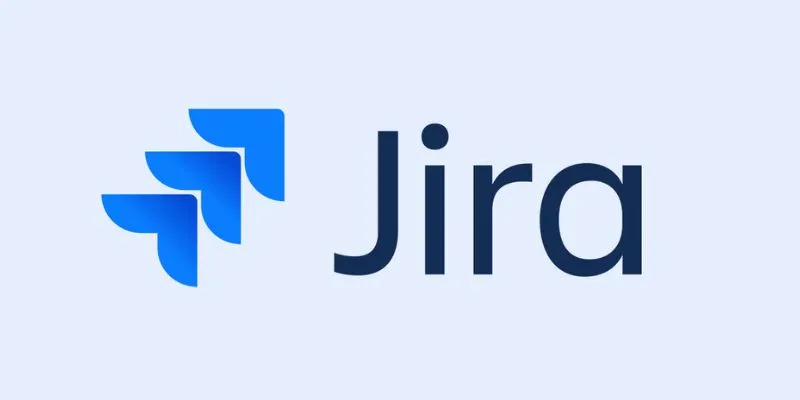
Enhance Your Workflow with the Best Agile Project Management Software of 2025
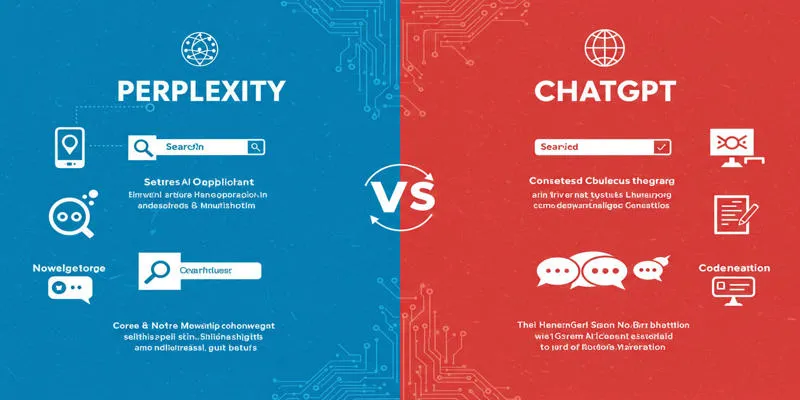
Perplexity vs. ChatGPT

The 8 Best Kanban Tools in 2025: Streamline Your Workflow Like a Pro
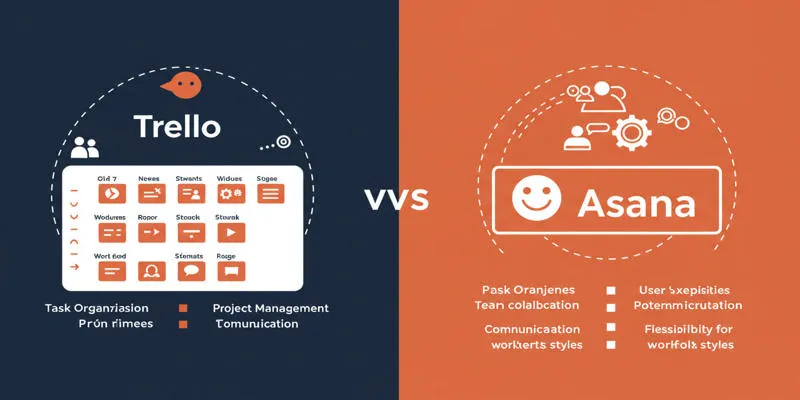
Trello vs. Asana: Which Project Management Tool is for You?

RAW vs. JPEG: The Photographer’s Guide to Choosing the Right File Format

Trello vs. Jira: Choosing the Best Tool for Your Projects

Google Chat vs. Slack: Which Collaboration Tool Suits Your Business Best
Popular Articles

The 13 Best Campaign Management Software Tools to Streamline Your Marketing

Best Linux Tools to Mount ISO Files Easily

Best M4V Conversion Tools for Windows Users in 2025

ARF Files Explained: A Guide to Using an ARF Player

Choose 5 Free Instant Messengers: Enhance Your Messaging Experience

How to Use AdRotate for Effective Ad Management

How to Convert H.264 to WMV on Windows/Mac with Original Quality

Dropbox vs. Google Drive: Which Cloud Storage Solution Fits Your Needs

9 Leading Review and Approval Software to Boost Your Productivity

TikTok Video Uploaded but Not Showing Up? Here’s Why

Experience AI Video Upscaling with Topaz in Freepik AI Suite Now
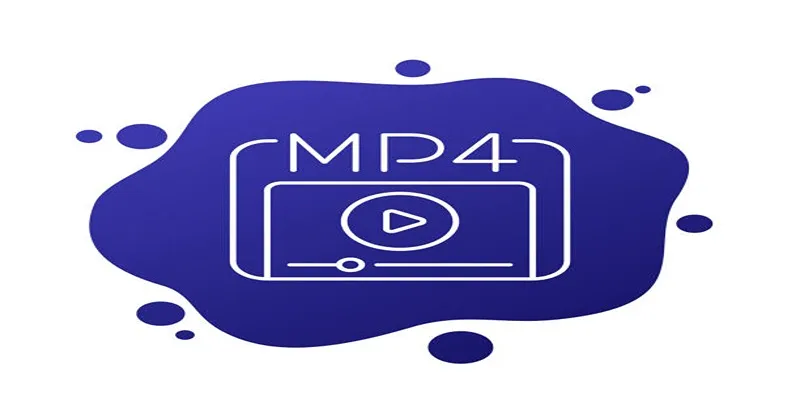
 mww2
mww2